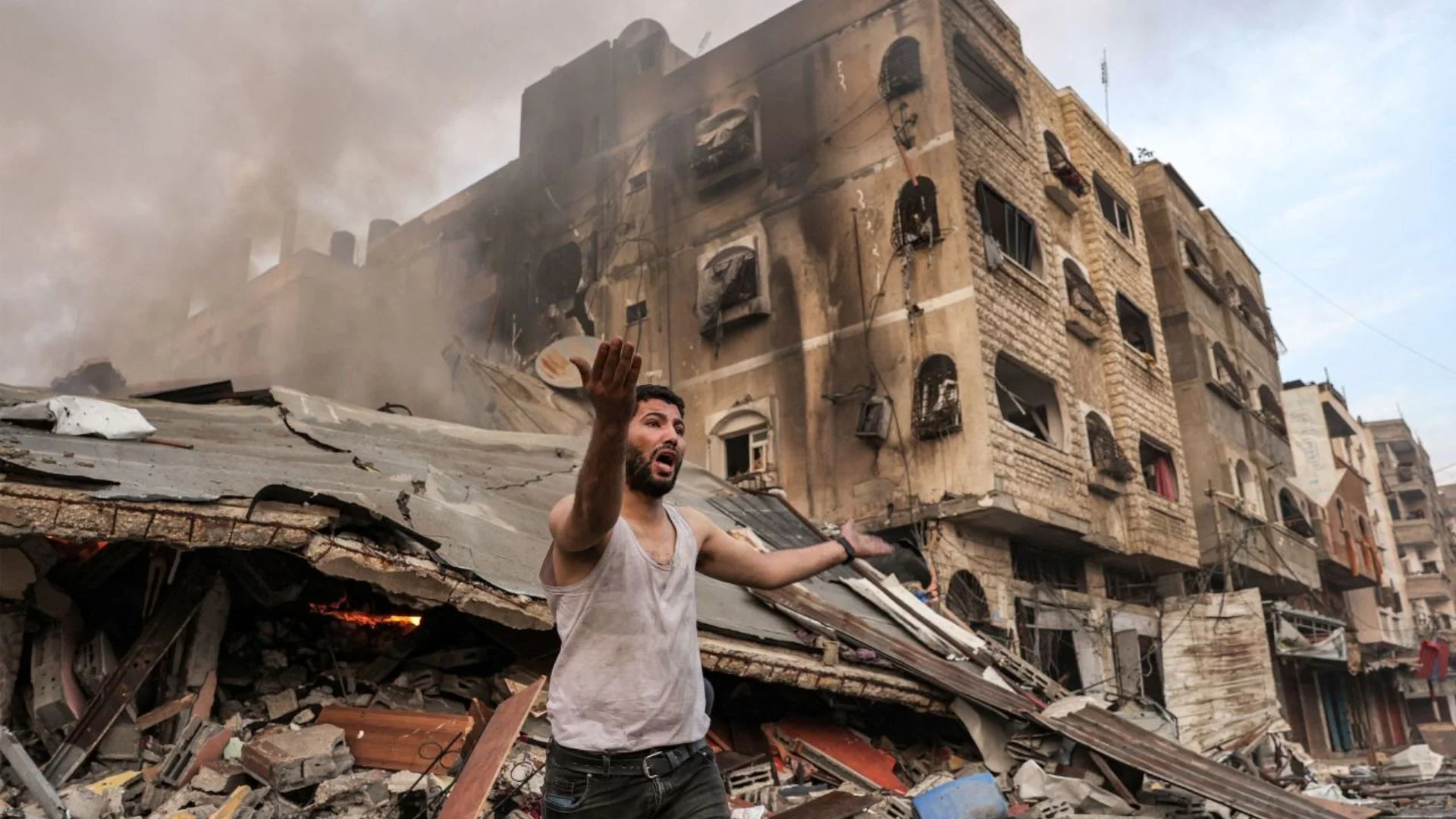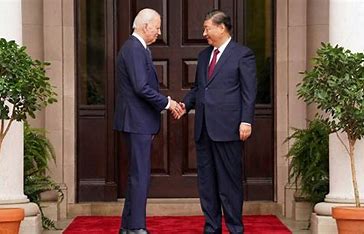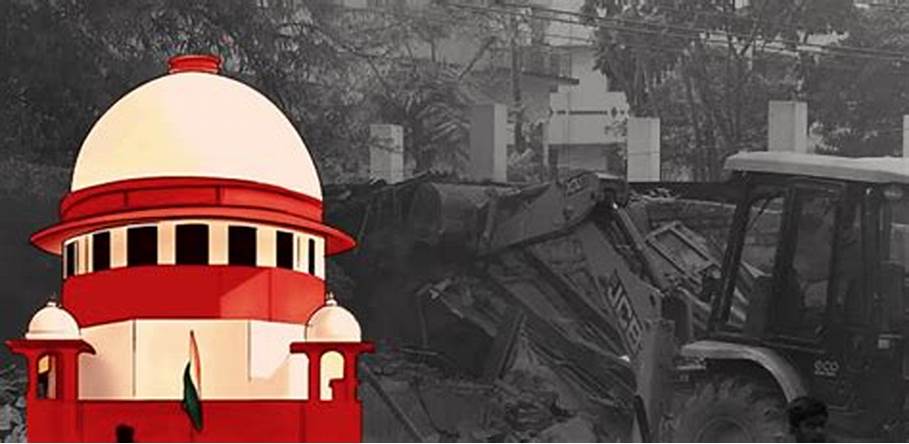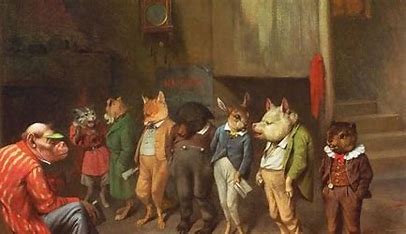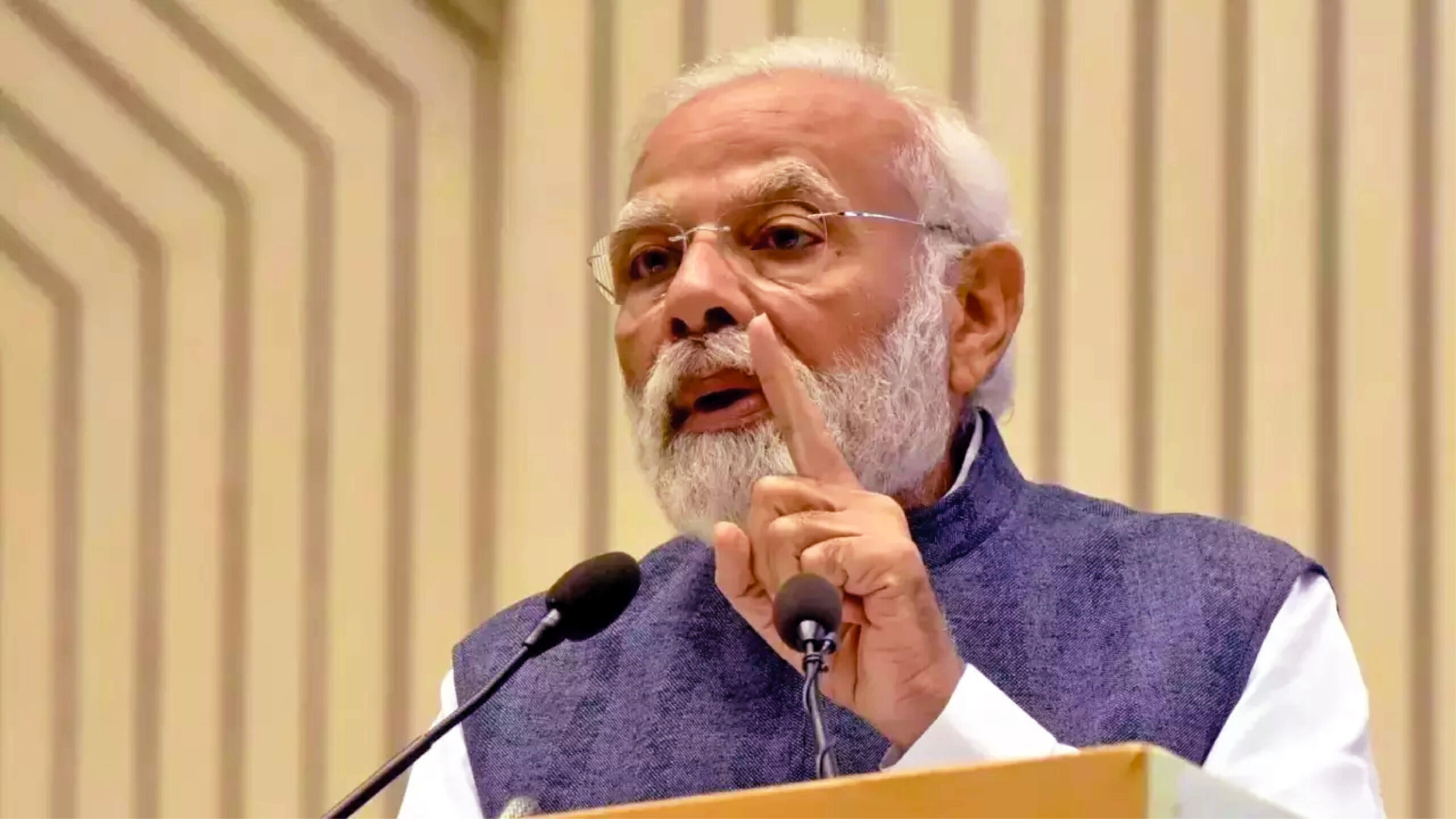
Every year around this time, there are media headlines which speak about poor quality air in Delhi due to pollution, as a result of stubble burning in both Punjab and Haryana. This is also the period when there is reiteration of the movement which calls for saying no to crackers during the Deepawali celebrations, since they contribute to the problem.
All these points are valid but what needs to be understood is that the Centre must find ways and means of decongesting Delhi and the adjoining areas, as pollution is not always from outside but also from within. Over the past three decades in particular, the capital of India has roughly a population of three crores and its entire infra-structure is not only over stretched but on the verge of collapsing. So many people living in a city which is not equipped to have them has its own consequences.
It is also significant to state that Delhi has the highest vehicular population in the country and at one stage had more vehicles than those which were there in all the other metropolitan cities put together. Obviously, the cars and other modes of transport also add to the poor air quality and though diesel vehicles are facing curbs, the problem cannot be wished away.
The government must have a relook at the registration of vehicles in the city and try to put a ceiling on the number of cars which a family can own. There would be pressure from automobile manufacturers who have a very strong lobby but in order to find a solution, this may become necessary. At present there is a blanket rule that stipulates that petrol vehicles should be put off the road after 15 years and the diesel vehicles after 10 years.
This has put many car owners who have maintained the vehicles well and now do not have the capacity to buy new cars to replace them. Effectively it implies that affordability was not the criteria in easing out vehicles, but the number of years it has done. There are instances where a 15-year petrol vehicle has an engine that runs better than even a one-year old car. What does one do in that case? There have to be exceptions to the rule.
Various experts who go into this aspect must also determine what is the way out in order to arrive at a pragmatic solution. On another note, the over population of the city has answers, but no party is willing to take steps since they could have an impact on the political dimensions. The norm is that any citizen of the country can settle anywhere barring some areas and there can be no ban on anyone entering the capital for instance.
Delhi is peculiar in the sense that majority of those who live here do not consider the city as their home. They do not have any sense of loyalty towards the metropolis and believe it to be just a platform to make their ends meet. This is contrary to every other cosmopolitan city where the local population often makes the ejection of migrants as a political issue in every election. The Shiv Sena has often resorted to this in Mumbai and so on and so forth.
Of course, the Shiv Sena type actions cannot be condoned. This also brings us to the issue of governance in states from where maximum number of people migrate for a better way of life. No one likes to leave their homes unless it is essential and since most of the migrants are from Bihar and Uttar Pradesh, it is also a reflection on the parties that have ruled these states. Therefore, it is important to understand that migration to bigger cities cannot stop unless the state governments deliver on their promises and make things better for their domicile citizens.
Pollution through stubble burning may just be one aspect, but there are so many other angles to the pollution debate as well. These have to be in totality taken into account. The over population of Delhi for instance has an impact on every day life. The schools, hospitals and public transport, have to bear the brunt. This also the reason why good medical care eludes majority of people who have to be dependent on private doctors, many of whom have commercial considerations to look after, rather than merely being true to their Hippocrates oath.
The concept of NCR was visualised in the mid-1980s and as per the plan, Satellite towns were to come up which provided amenities at par with those in Delhi in order to stop the migrant population from entering the city precincts. This plan somehow has not worked and though the NCR region has developed at a rapid pace, it has not been able to stop the migration into Delhi. These NCR areas have a poor connectivity problem and unless someone owns one’s own vehicle, it is not easy to commute.
Only those who live near Metro rail services can derive the benefits. There needs to be a serious attempt by political parties to treat this congestion and pollution issues to work out solutions that can satisfy everyone. Yes, the governments in Punjab and Haryana must address the stubble burning matter, but for better air quality much more needs to be done. There has to be better coordination between various townships in the NCR region and each state government must cooperate with the Centre for better results.
